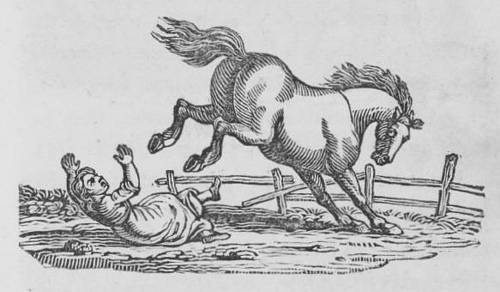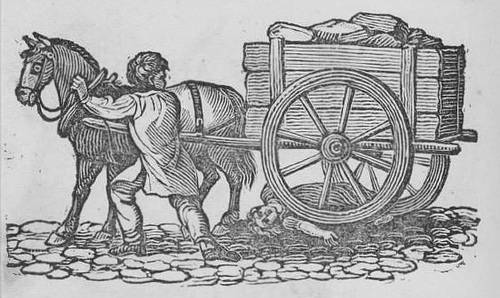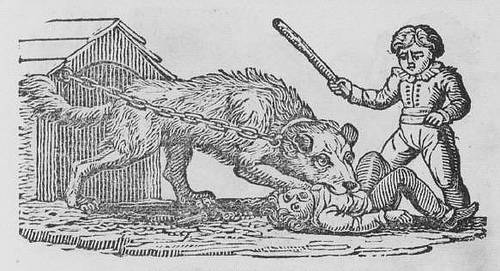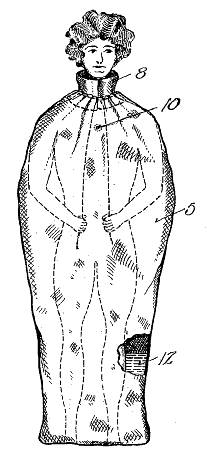José Silva and João Rafael devised this chess game to demonstrate at the 1978 Portuguese Junior Championship. The game is spurious, but the moves are legal:
1. a3 h6 2. b3 g6 3. c3 f6 4. d3 e6 5. e3 d6 6. f3 c6 7. g3 b6 8. h3 a6 9. a4 b5 10. a5 b4 11. c4 d5 12. c5 d4 13. e4 f5 14. e5 f4 15. g4 h5 16. g5 h4 17. Nc3 dxc3 18. Ra3 bxa3 19. b4 Nf6 20. exf6 Rh6 21. gxh6 g5 22. b5 g4 23. b6 g3 24. d4 e5 25. Bb5 axb5 26. d5 Bg4 27. hxg4 e4 28. d6 e3 29. Qd5 cxd5 30. Ne2 d4 31. Nxd4 Be7 32. dxe7 Qxe7 33. Bb2 Qe4 34. fxe4 cxb2 35. a6 b4 36. Nc2 b3 37. Ke2 bxc2 38. Rd1 Nd7 39. g5 Rc8 40. g6 Rc7 41. bxc7 Nb6 42. cxb6 h3 43. Rd7 Kxd7 44. Kd3 Ke6 45. e5 Kf5 46. Kc4 Ke4 47. Kc5 Kd3 48. Kd6 Kd2 49. Kd7 Kd1 50. Kd8 f3 51. g7 g2 52. h7 a2 53. f7 h2 54. b7 f2 55. a7 e2 56. e6 Kd2 57. e7 Kd1
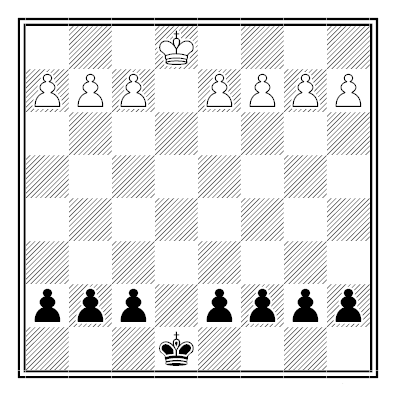
Okay so far? Now 58. a8=R h1=R 59. b8=N g1=N 60. c8=B f1=B 61. e8=Q e1=Q 62. f8=B c1=B 63. g8=N b1=N 64. h8=R a1=R:
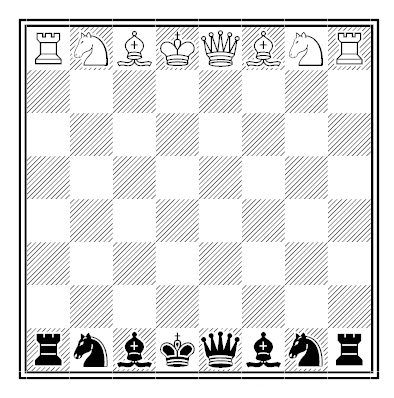
The players agree to a draw.

